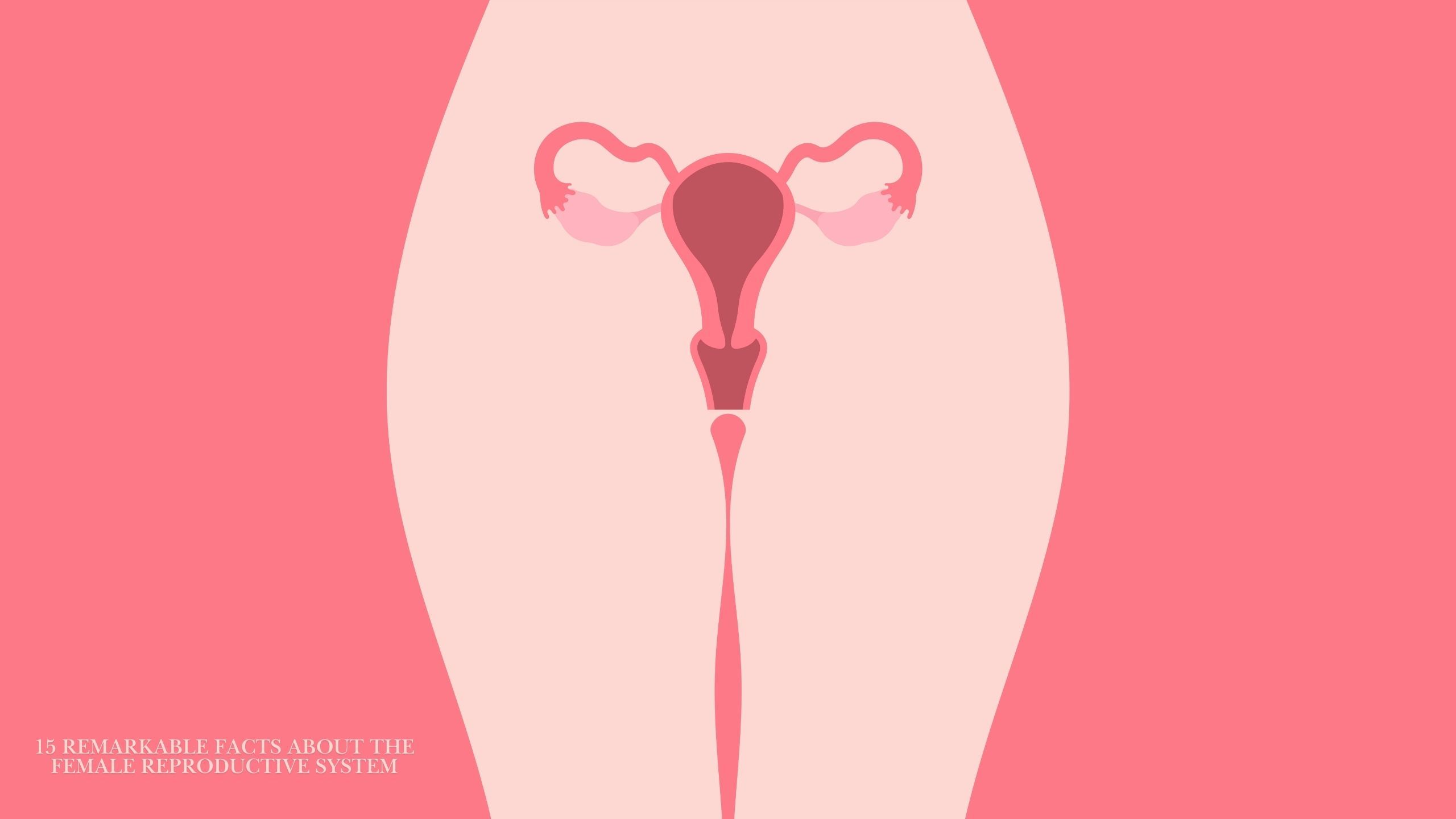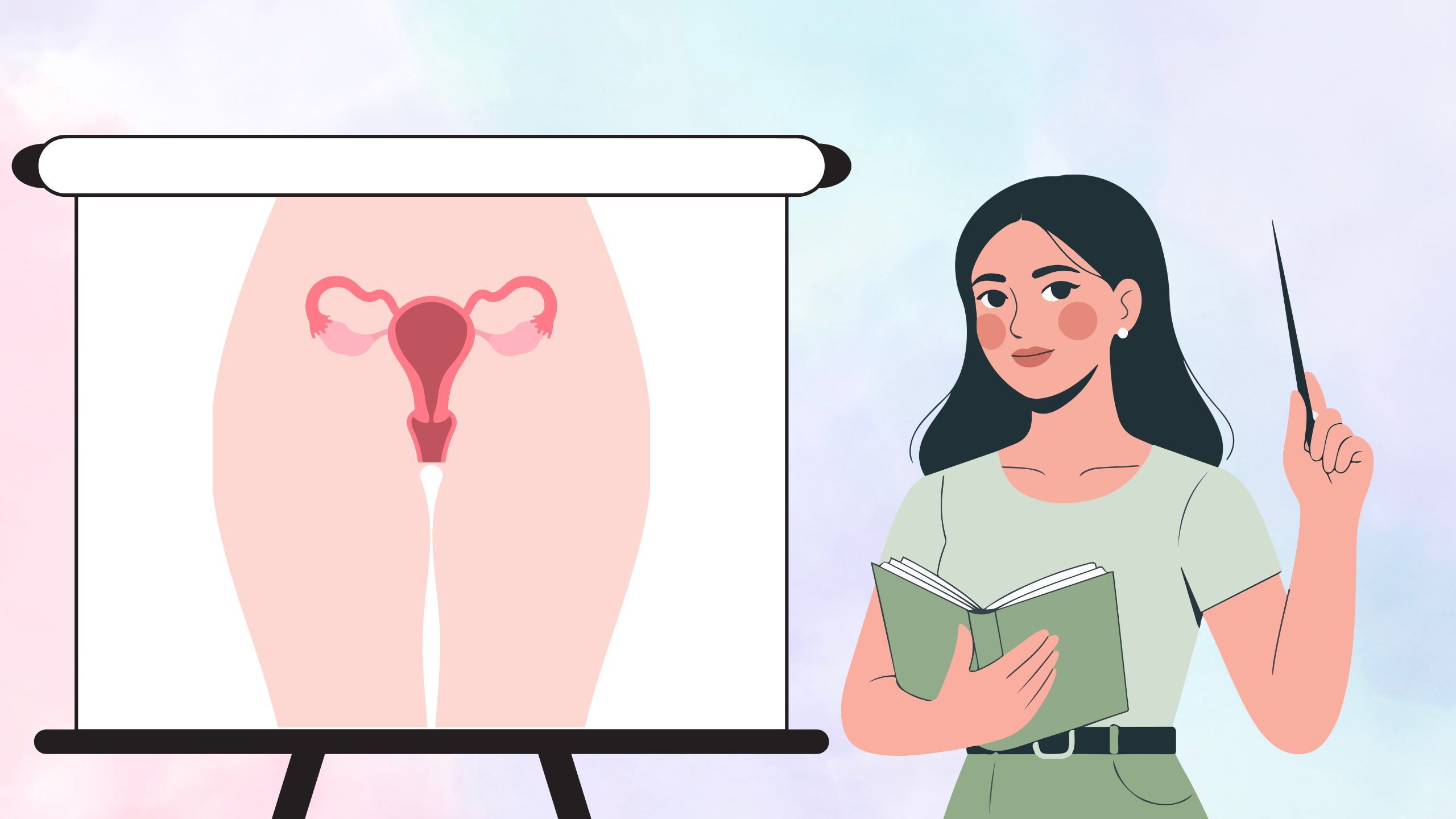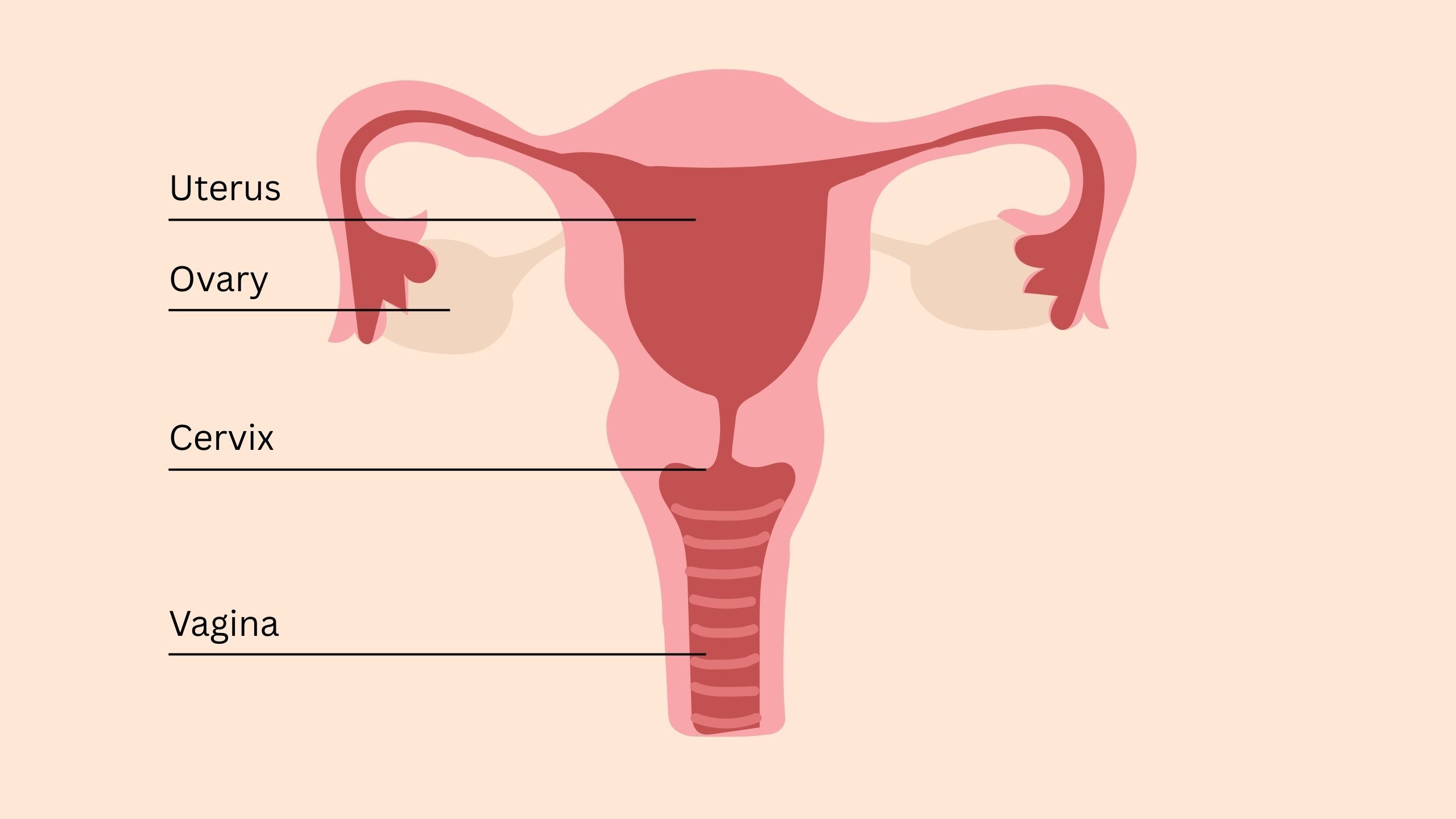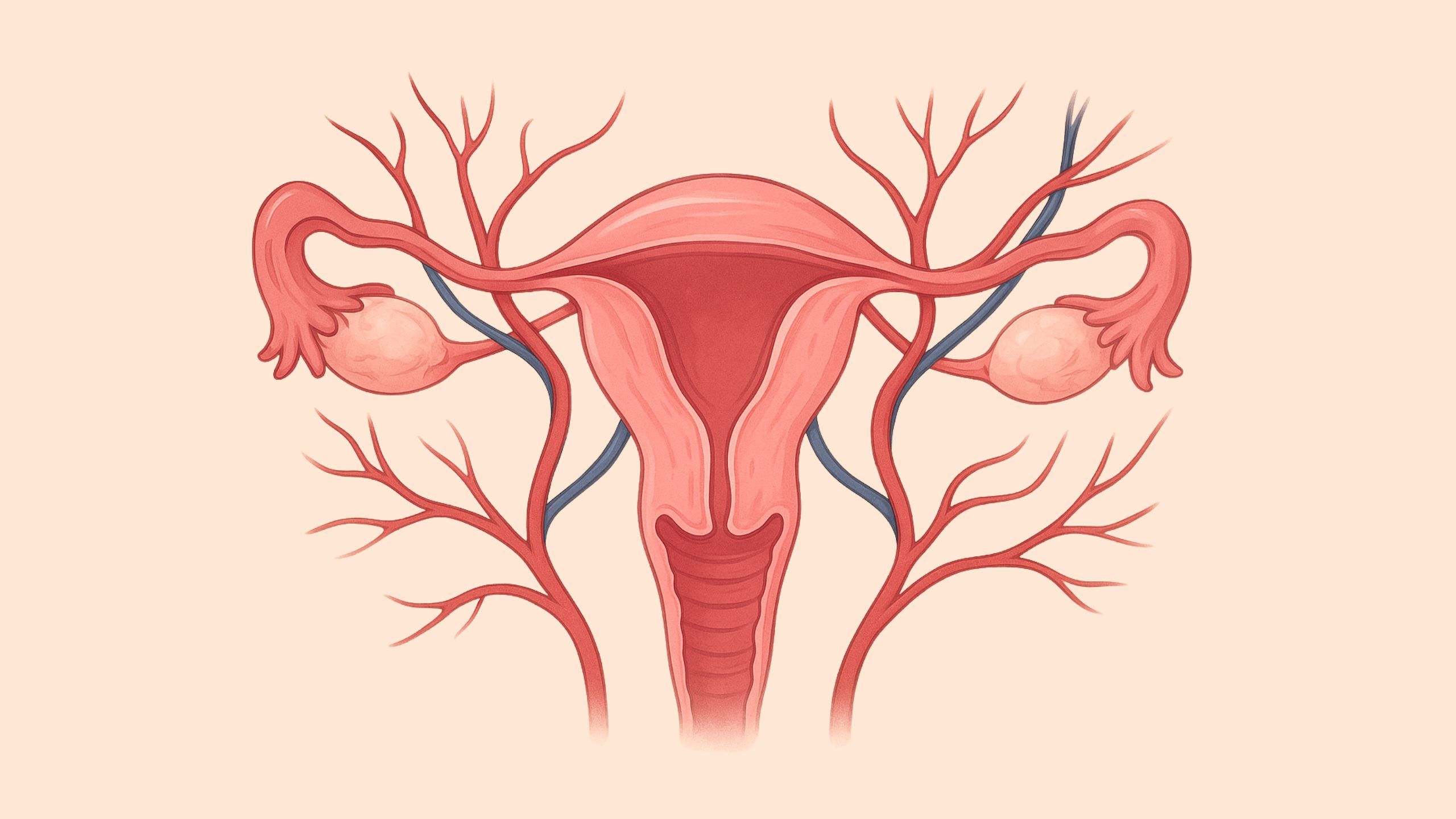Mapping the Vulva: Understanding the Labia, Clitoris, and Vaginal Canal
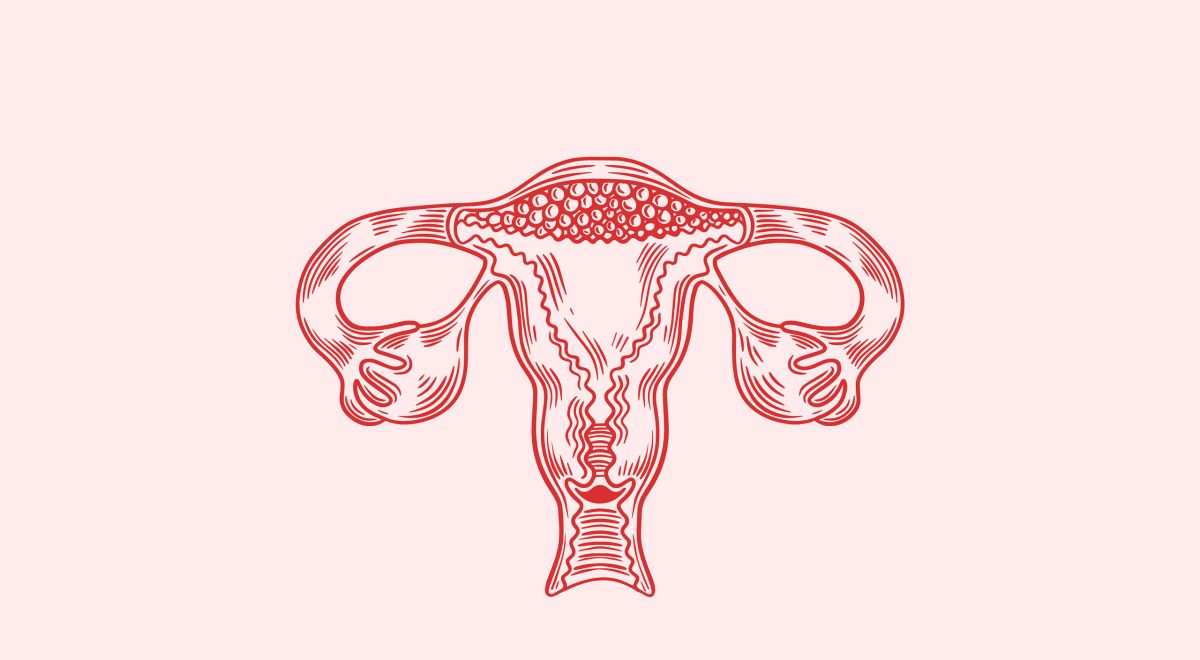
When people refer to "the vagina," they often mean the entire external genital area. In reality, the vagina is just one part of a more complex and remarkable structure known as the vulva. Understanding the full anatomy of the vulva and vagina is key to promoting better health, reducing stigma, and empowering individuals with accurate knowledge of their own bodies. This article provides a clear and respectful overview of the main structures—both visible and internal—and how they function.
Vulva vs. Vagina: What’s the Difference?
- Vulva: The collective name for the external genitalia, including the labia, clitoris, urethral opening, and vaginal opening.
- Vagina: The internal muscular canal that connects the vulva to the uterus.
Think of the vulva as the “face” and the vagina as the “hallway” inside the body. This distinction is vital not only for anatomy but for understanding sexual health and function.
The Labia: Protectors and Sensory Structures
Labia Majora (Outer Lips)
These are the outer folds of skin that surround the vulva. They are typically covered with pubic hair after puberty and serve to protect the more sensitive internal structures. Their size, color, and shape vary widely among individuals.
Labia Minora (Inner Lips)
Located just inside the labia majora, these thinner folds of skin surround the vaginal and urethral openings. Rich in nerve endings, they contribute to sexual sensation and also help keep bacteria and debris out of the vagina.
Variation is Normal:
Labia minora can range from being barely visible to extending several centimeters past the labia majora. This variation is completely normal and not an indication of health or hygiene. The visual perception of what we consider normal or beautiful is another issue and substantial for some women.
The Clitoris: More Than Meets the Eye
Clitoral Glans
The visible tip of the clitoris is located at the top of the vulva, where the labia minora meet. It’s highly sensitive, with over 8,000 nerve endings—more than any other part of the human body.
Clitoral Shaft and Internal Structure
The clitoris extends well beyond the visible glans. Internally, it branches into two crura (legs) and vestibular bulbs, which sit along the sides of the vaginal canal. The entire clitoris can become engorged during arousal, much like a penis.
Fact: The clitoris exists primarily for sexual pleasure, containing more nerve endings than any other part of the human body. While it is not directly involved in reproduction, clitoral stimulation can lead to orgasm, which may trigger uterine and cervical contractions that could help draw semen toward the uterus.
The Vaginal Opening and Canal
Vaginal Introitus
This is the opening to the vaginal canal, located below the urethral opening. It leads to the internal structure of the vagina.
Vaginal Canal
A muscular, elastic tube approximately 7–10 cm (3–4 inches) long when relaxed, capable of expanding significantly (e.g., during childbirth or sexual activity). It serves multiple purposes:
- Menstrual flow exit
- Sexual penetration
- Passage for childbirth
The vaginal walls are lined with mucosa, not skin, and are self-lubricating and self-cleaning.
Supporting Structures: Urethra, Perineum, and More
- Urethra: Located just above the vaginal opening, the urethra is the tube that carries urine from the bladder to the outside. It's often confused with the vaginal opening.
- Perineum: The area between the vaginal opening and the anus. It contains muscles and tissues that support pelvic health.
Anatomy in Motion: Changes Across the Lifespan
Anatomy is dynamic and can change due to age, childbirth, hormonal shifts, and more. For instance:
- The vulva and vaginal tissues may thin and lose elasticity during menopause.
- Childbirth can stretch or tear perineal tissues.
- Hormonal changes can affect color, moisture, and sensitivity.
These changes are natural and do not necessarily indicate dysfunction.
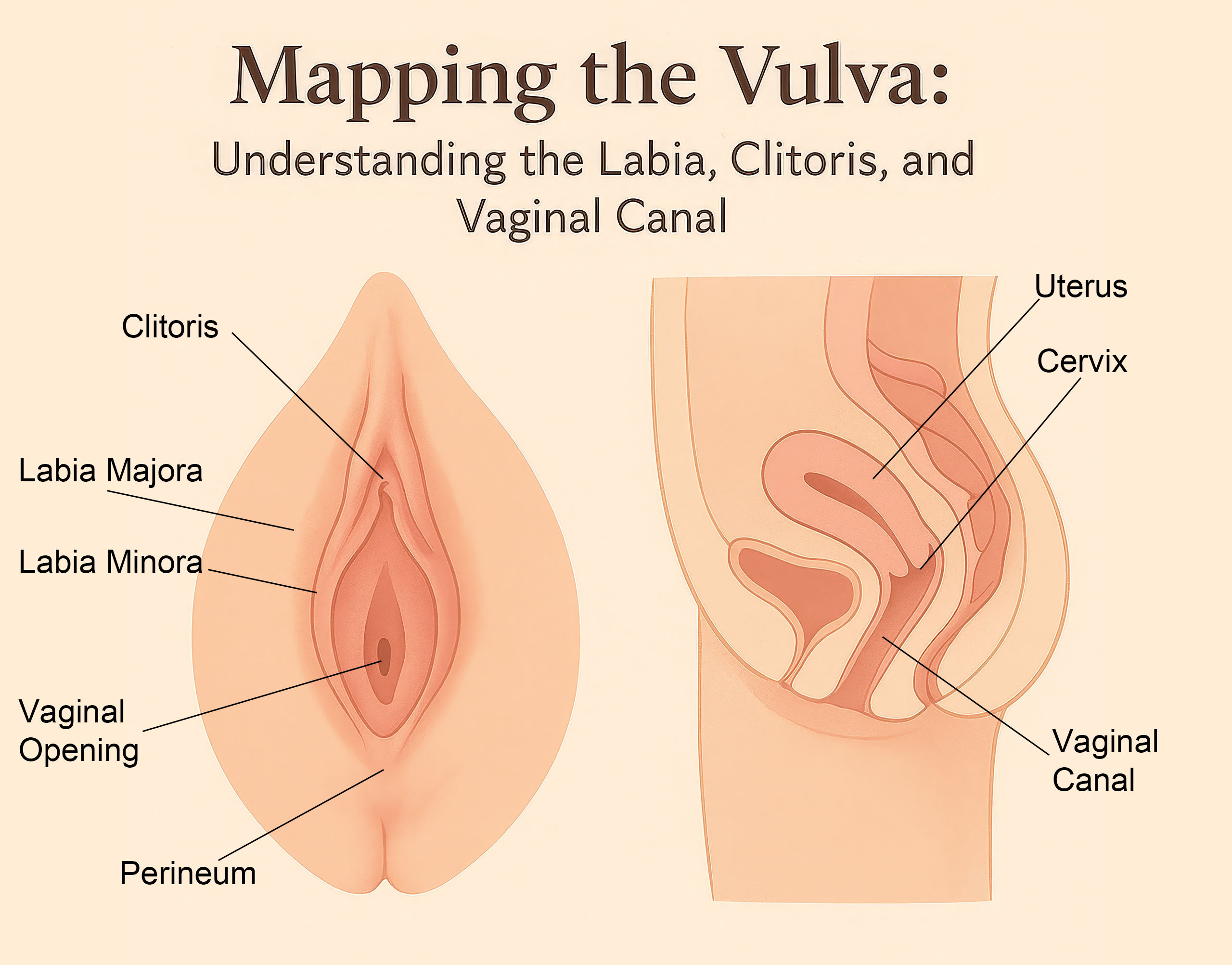
Common Myths and Misunderstandings
- Myth: All vulvas should look the same.
Truth: No two vulvas are identical. Diversity is completely normal. - Myth: The vagina needs to be cleaned with soap.
Truth: The vagina cleans itself. Mild water on the vulva is sufficient for hygiene. - Myth: Urine comes from the vagina.
Truth: Urine exits from the urethra, a separate opening above the vaginal introitus.
Understanding the anatomy and physiology of the vulva and vagina is foundational to self-care, sexual health, and destigmatization. By learning the correct terms, celebrating natural variation, and embracing body literacy, individuals can better advocate for their well-being and foster a culture of respect and knowledge.
Disclaimer: The articles and information provided by the Vagina Institute are for informational and educational purposes only. This content is not intended to be a substitute for professional medical advice, diagnosis, or treatment. Always seek the advice of your physician or another qualified health provider with any questions you may have regarding a medical condition.


 English
English  Deutsch
Deutsch  Español
Español  Français
Français 